AI in Design: Experts Discuss Practical Applications, Ethics, and What’s Coming Next

In this massive-ranging Q&A, two Toptal designers delve into the have an impact on of generative AI on format and its implications for creative thinking, patron research, and access-degree designers.
Generative AI isn’t coming for layout: It’s already right here. Apps like Gamma and Notion use AI to “write” shows and documentation. Adobe Firefly can conjure up Photoshop compositions from just a few activates. A controversial startup is even touting its ability to supply “user research with out the customers”—all manner to generative AI.
This sudden surge in capability locations professional designers in a complex function. As more organizations rush to integrate AI capabilities into their products, designers can be needed to craft new interfaces and research across the generation. At the same time, some designers worry that the generation might also want to inhibit their capability to find out work inside the first vicinity. And as virtual content material is increasingly more “co-designed” with machines, what obligations do designers have to disclose their use of AI?
In this Q&A, Toptal specialists proportion differing perspectives on how generative AI will have an effect on the workout, ethics, and price of digital layout. Darrell Estabrook (cautious of AI) has extra than 25 years of experience in UI, UX, and virtual product layout for organisation customers like IBM, CSX, and CarMax. Gytis Markevicius (welcoming of AI) brings a history in neuroscience and psychology and has finished layout paintings for clients like Shell, BP, and the AI-powered advertising and marketing tool Tailwind.
This communique has been edited for clarity and length.
To start things off, what troubles or excites you approximately generative AI?
Estabrook: From what I’ve seen and skilled inside the brief time we’ve had it, it is a beneficial device. I’ve used ChatGPT to train me in a few coding, and it’s been very beneficial. But the priority for me is at the creativity side, the trouble-solving facet. When AI does the thinking for us, what’s that going to show us into? And how can we navigate that?
There’s a conventional book via Steve Krug [on interaction design] known as Don’t Make Me Think. It’s all approximately usability and the way we want to make complex stuff very sincere and approachable. But I fear that once wondering is automated, and you can [seemingly] get an answer to any trouble, the chant of the destiny is probably: “I don’t ought to think, because of the truth the AI will honestly get me the right answer.”
Just type a activate and an e-mail pops out, and it’s precisely what you want to mention. Is that really my questioning? Am I a innovative director or am I most effective a customer repurposing a device’s content fabric? That’s wherein the danger may additionally come in.
Markevicius: When we first found out approximately what AI can do, I moreover saw pink lighting everywhere in the place: “Oh, my God, this may virtually erase such loads of jobs and such a lot of specialties.” Then as extra gear came out, I started out figuring out, OK, AI is pretty appropriate at taking an entire lot of information that is presently available and then providing you with a new version of the same stuff. But it’s not certainly all that incredible at producing precise mind, something absolutely new and very particular.
So that’s how I’m seeing AI currently: It’s a excessive excellent tool that could help us to get rid of a number of the repetitive tasks that we discover disturbing, like generating a group of prototypes or growing with nine precise versions of small buttons. Things like that don’t definitely require a whole lot of experience—it really calls for time. Designers can talk with human beings, we can try to recognize what they want, and AI is not able to do that. But it could cast off the uninteresting stuff for us and permit us to do more strategic wondering for our customers.
How do you anticipate generative AI may have an impact on the gaining knowledge of and improvement of upcoming designers?
Markevicius: Generative AI is proper news for skilled designers, however awful information for junior designers because AI can do a number of the dull stuff that corporations rent them to do—like checking if everything is pixel-excellent, or growing initial drafts for patron personas. I have a small crew of designers, and a few are junior, so we have got chats approximately AI because of the reality [they] need to be aware about wherein things are going.
Estabrook: It may be a project. With AI, we’re no longer just speeding up the mundane or putting off some procedures. The act of hassle-fixing is now in a container: You can provide it a fuzzy parameter and get a directional end result. So why wouldn’t you operate it? It’s there.
As a format educate, I want to encourage junior designers to department out from that, to take this generative content material and use it as a stepping-off component. Otherwise, you’ll sincerely pull up the maximum handy AI version and take its output and assume you’re fixing a problem. And you can absolutely remedy a trouble! It may go in some very low-wishes sort of conditions. Examples might be checking a spectrum of colours in a palette to look if all of them bypass accessibility and perceptibility thresholds, or building a set of UI shape elements from a sample text input layout.
But for extra complicated troubles—like producing an authorities dashboard based totally on a economic services records set, or producing a multiscreen workflow based on character interviews—I count on the question is, Where can we plug AI in? As skilled designers and innovative administrators, we’re excited to use AI to enhance what we’re doing. But that’s because we’re constantly trouble-solving within the historical past in our minds.
Markevicius: It’s true that, for junior designers, I assume AI can bounce-begin their studying route with the essential stuff. ChatGPT can provide appropriate examples of a manner to write consumer personas and adventure maps, or even a way to structure a net website online or their personal portfolio. Junior designers can also ask ChatGPT for a clean clarification of thoughts like Fitts’ regulation and layout thinking. But while gaining knowledge of mild capabilities—like time and undertaking manipulate, control, and verbal exchange—I don’t suppose there’s something better than to have someone mentoring you.
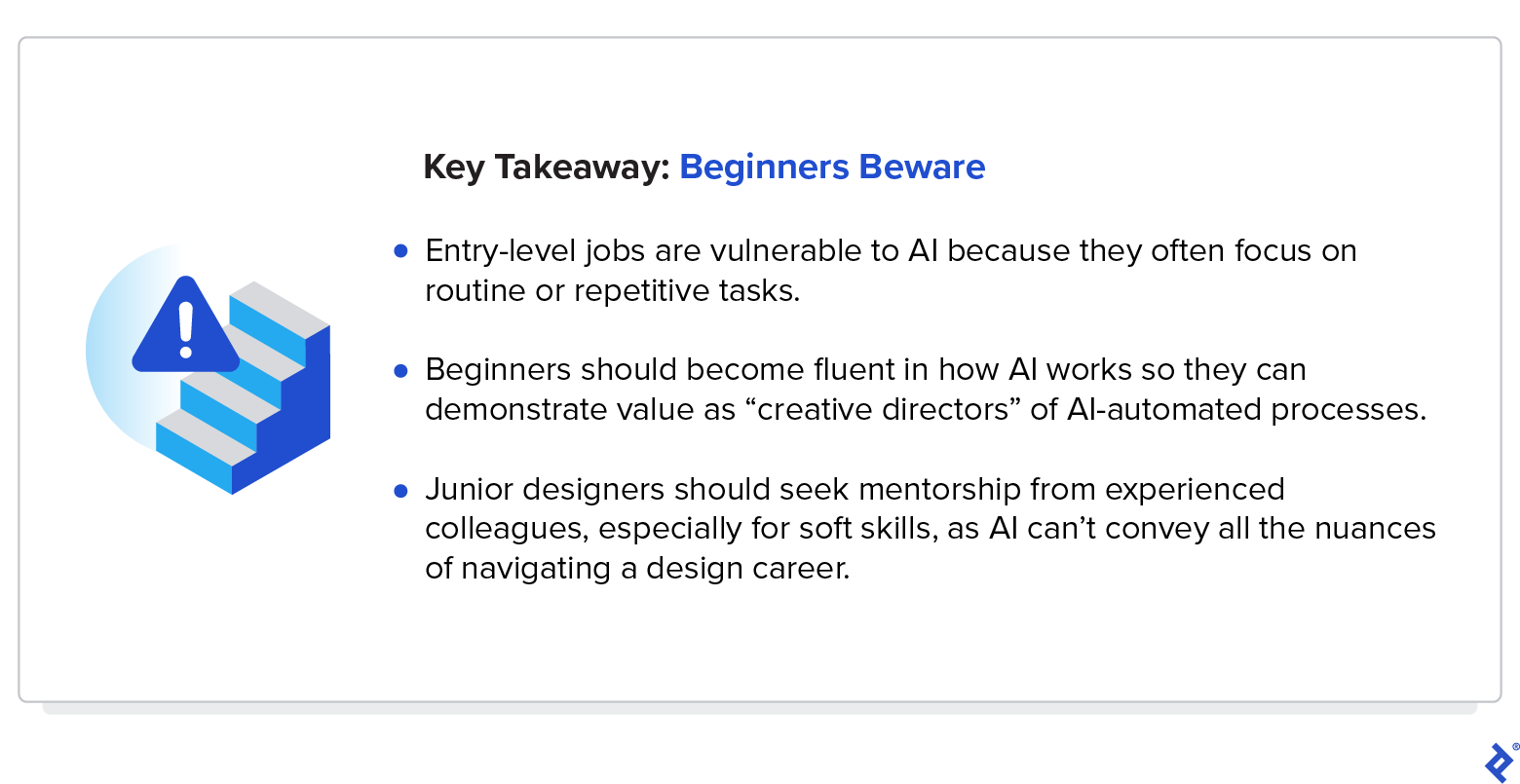 What design equipment could be constituted of date with the resource of generative AI?
What design equipment could be constituted of date with the resource of generative AI?
Estabrook: Things like PowerPoint, presentation layout, any software we use to speak our thoughts [as part of] the layout manner. For example, we historically made displays by growing a series of slides that stroll an audience thru our design concept in a logical progression with an predicted reaction. With a generative AI presentation tool, I need to supply it these parameters and it may create a tailor-made storyboard of what I want to get for the duration of. How a ways can this bypass? Conceptually, a complicated AI [could create] the slides, the slide content, and the helping visuals for the content fabric.
AI [could also eliminate] software equipment software program software that bridges the steps in the layout machine, inclusive of Zeplin. Zeplin is a superb device for manually publishing and dealing with presentations and flows, in addition to versioning the ones designs.
Imagine if Figma now not simplest did this natively, but also automatically handled those obligations by AI because the fashion designer worked. For businesses like Figma, these utility capabilities can be higher served interior their very personal products—so it’d behoove a business company like Zeplin to do not forget transforming its device into an AI plugin for Figma, in place of preserving it as a stand-on my own product.
Markevicius: It would probably sound like an overstatement, however in case your product isn’t going to include AI in some form or form, there’s a amazing threat which you becomes out of date.
All of the equipment that we adore and already use have a few AI capabilities in region, or they’ve brought that they may. You don’t want users to be scattered anywhere inside the region, going to ChatGPT for some textual content, Midjourney for a few images, after which putting all of that once more into Figma or Canva. Every device must have those capabilities in its non-public pocket.
When I started working with Tailwind, for example, ChatGPT became no longer a thing but. But once it launched, my attention for the subsequent six months modified into incorporating AI into the product suite: helping customers to generate social media content material fabric quicker, generate email content cloth quicker, generate picture mind faster. These mundane, repetitive obligations which you’ve just were given to do—that’s the call of the game. Including AI in an already appropriate product makes the product even higher, in particular for clients who are not professionals.
Will generative AI ever negate the need for person research?
Markevicius: This is one factor that AI would possibly battle with. Maybe A/B finding out, that’s normally measured by using numbers, is probably distinctly managed with the aid of AI, or as a minimum the statistics-collecting part of it. But if we’re speaking qualitative usability research, whilst you sincerely communicate with clients and attempt to gauge the ones awkward pauses where they are type of stuck but not without a doubt pronouncing so, I anticipate no.
Estabrook: Let’s really admit it: We’re irrational human beings at times. So, yeah, to Gytis’s aspect, actual human beings are going to have a few reactions that AI can’t are watching for. But over again, there’s that ease of access. There’s a organisation referred to as Synthetic Users running on AI personas.
If the personas are proper there, and you may query the “intent” of a virtual character, the results will seem practical. And a fantastic deal much less complicated than surveying a thousand human beings or putting in place organization lessons and one-on-one interviews that take all day. So the risk is which you’ll revel in self belief in those consequences and act on them.
For retail commercial [products], it’s probably very clean to simulate the ones personas—they will encompass pretty some the traits you have been awaiting out of an interview except. But on some of the extraordinarily technical initiatives and specialised workflows that I cope with, those personas don’t exist in a ultra-modern market.
It’ll be up to companies to get their very own proprietary AI man or woman models constructed if you want to leverage that interior in their private partitions. But humans alternate. Like I said—irrational. Will the model keep up? Can we believe it to the factor wherein we’re able to make confident layout alternatives whilst cash is on the street, jobs are on the road, or protection is on the line?
Turning to ethics, to what volume ought to designers reveal the use of generative AI of their paintings?
Estabrook: If AI is supporting me augment the alternatives that I’m making, that’s wherein it gets very fuzzy very rapid. If I gift a studies file to a consumer I would possibly hint the supply of my effects lower again to the AI model that aided me. This is a great exercise for presenting studies to clients besides.
If, as a creative director, I produce a design machine with AI, I might have no hassle revealing which AI device I used—but I wouldn’t feel pressured to. Clients don’t have a choice these days whether or not or now not I produce designs the use of Sketch, Figma, ProtoPie, Framer, or some different device.
The key’s that I’m the use of my creativity to make modifications along the manner. But as a revolutionary character who stands in the back of the paintings I do, I even have a hard time setting my face inside the the front of the generative AI content material and pronouncing, “I did this.” Trust is a foundational factor in any courting, and it needs to be earned. If I have been to apply AI in the system, I ought to permit the purchaser are aware of it. “Show your art work” is not simply a very good adage for math proofs—it’s accurate design practice for all people.
Markevicius: I haven’t any trouble telling customers that I’ve used stock photographs, and it’d probably make feel to do the identical detail with AI. Say that instead of the use of inventory photos, I used Midjourney to generate a few pix. I would not assume that customers should care, however I actually have a duty to my customer.
They’re hiring me for my information, my knowledge, my unique options; they’re trusting my manner to deliver cost to them. I shouldn’t be a copycat or locate brief techniques to get the solutions, but need to spend the time on the technique. And part of the activity is to have obligation for what I’m pronouncing and producing. If I make a mistake, it’s going to be mine, now not AI’s.
Could generative AI render any layout disciplines out of date?
Markevicius: One that comes to mind is design device introduction and control: producing all the particular statuses and versions, after which ensuring that it’s all consistent at some point of the one-of-a-type products, teams, and so on. There are complete departments which can be simply managing design structures. Companies spend a good buy of money and time to ensure that all of this is in place. That’s pretty masses absolutely doing loads of repetitive redesigns after which searching at analytics. I would like AI to take that over, and I’m sure it will.
Estabrook: AI is in reality going to erode all of the disciplines involved in design, even improvement. I assume it’s all going to coalesce. Will all of it grow to be one “AI department”? Is that an incredible element? It’ll be a one-of-a-kind factor, that’s for positive. It’s one component to generate stuff. It’s another issue to generate the proper stuff—and it’s yet any other factor to generate the right stuff that I need it to. Guiding AI as a modern director—in an effort to be our new characteristic.
How will generative AI impact the assignment marketplace for designers?
Markevicius: Generative AI glaringly has execs and cons, however with every new technology, there’s new possibilities that rise up. We’re seeing lots of new products developing with AI capabilities, and they’ll need designers who recognize how they paintings and a way to use them well. For example, AI absolutely supercharged Notion with an easy manner to summarize, examine information, and generate a few preliminary content material. Figma has AI plugins that provide very effective tools for content material fabric, picture generation, and automations.
The enterprise was referred to as “human-computer interaction”—now it’s going to grow to be “human-AI interaction” to some extent. There may be unique roles for AI-associated designers or designers with AI enjoy. That’s certainly already in the marketplace.
Maybe we’ll see greater strategic roles emerging for designers. As I stated, if AI might be used as a device as a way to generate 50% of the mundane stuff that we do every day, designers might be able to dive deeper into the organisation aspect of things.
Product, enterprise, and market analyses all take time—so spending much less time doing onerous layout responsibilities would possibly permit me to study more approximately the customer, their pains and desires, and set up greater giant relationships with my product team.
Understanding a customer’s enterprise on a deeper level might moreover assist designers analyze possibilities wherein AI ought to provide extra unique outputs. AI models like ChatGPT are excellent for stylish tasks, however schooling AI on particular enterprise and user records might permit it to generate a great deal greater tailored and treasured outputs.
Estabrook: I echo quite a few that. Repetitive technique features might be absorbed, similar to human elevator operators back within the day. If you’re an access-degree man or woman, it’s less approximately getting to know all the technical tactics—what goes to help you excel is progressive wondering.
As a hiring supervisor, I truely have long past via hundreds of résumés searching out folks that might suit a particular function. And a big element was curiosity and creativity. So I suppose now, instead of hiring junior designers, we’re hiring junior creative administrators. The principle is: Can you operate AI? How will you use AI to clear up this problem? And are you able to display me why you selected that?
An example is probably if a candidate described how they designed a productivity app the use of AI. It may be exquisite if they recommended me how they used AI to synthesize their person studies into key subjects, fleshed out this sort of subjects right into a hard and fast of shows, after which examined those monitors with a combination of real users and their digital avatars. Throughout the technique, I’d want to listen how they took the output of AI and made thoughtful and particular layout choices that could cause the following input.
Markevicius: As a dressmaker, you want to be in name for. So glaringly you want to have the abilities to work with AI and understand the way it really works. I may want to absolutely say take a look at what it’s doing, however it is not possible to apply the whole lot. Just try and get the gist of what’s occurring, in which matters are moving, and start reading how to create interfaces that assist users engage with AI.
Further Reading on the Toptal Blog:
Design High-converting Websites With These Webflow Best Practices
3 Best Practices for Successful SaaS Design
Best Elevate Your Business: Anoka’s Leading Web Design Company Driving Digital Success”2024
Understanding the basics
What should be the ethical grounds whilst designing an AI?
AI ethics in layout encompass fairness, transparency, and privateness—meaning AI structures need to keep away from discrimination, provide facts about their operations, and shield users’ personal records.
What are a few AI ethics?
Designers have to be obvious with clients after they use AI and divulge AI-generated content material, much like how they might credit score inventory photos. Designers have to also well known that AI can not replace qualitative studies and make sure that AI personas aren’t depended on as a wholesale replacement for talking to users.
What are three important issues approximately the ethics of AI?
The three foremost issues of AI ethics in design are equity, privateness, and duty. Fairness guarantees that AI systems do now not discriminate or enhance present biases. Privacy worries revolve across the accountable dealing with of customers’ personal records. Accountability emphasizes the need to recognize how AI systems make selections.


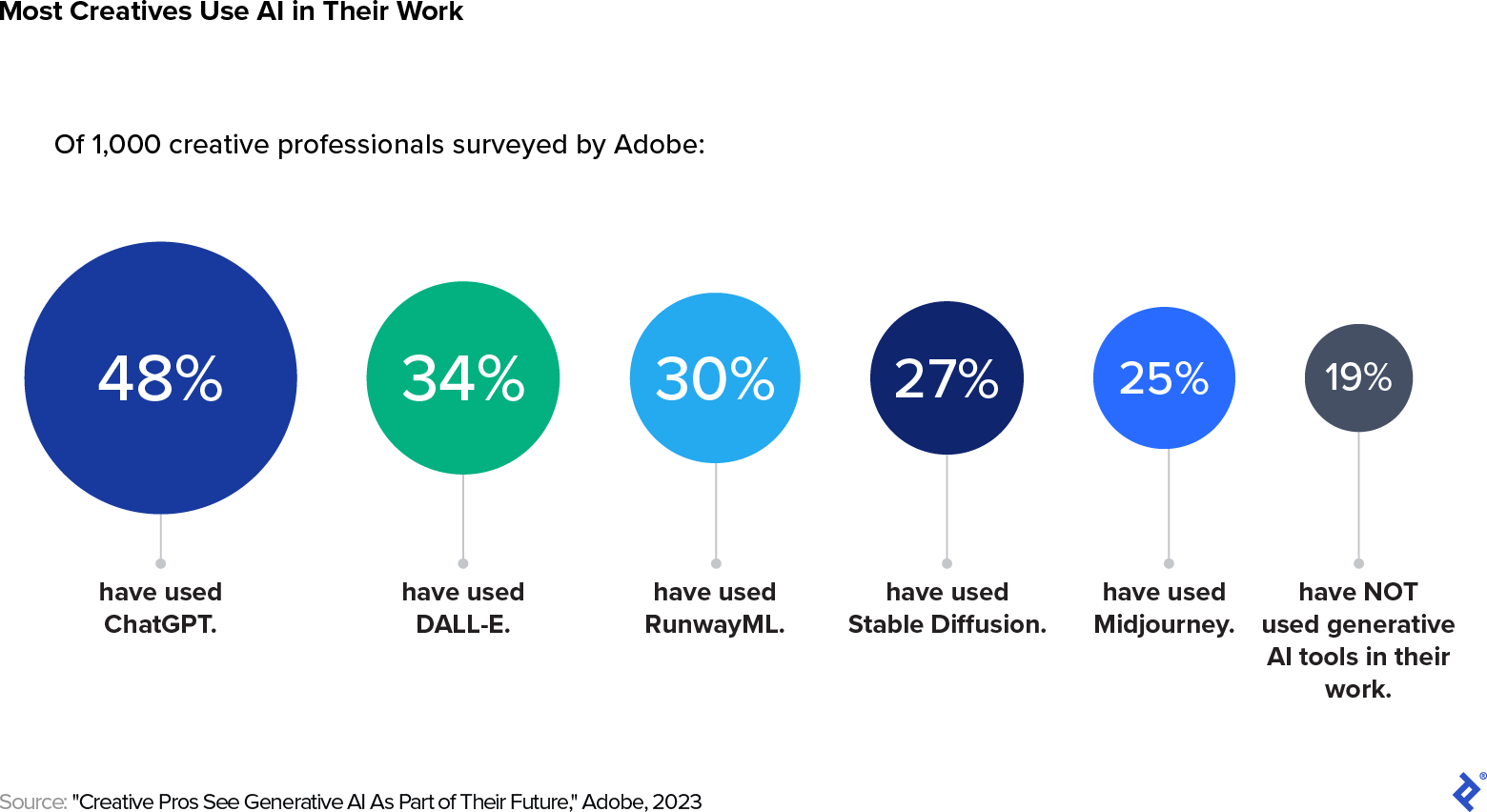
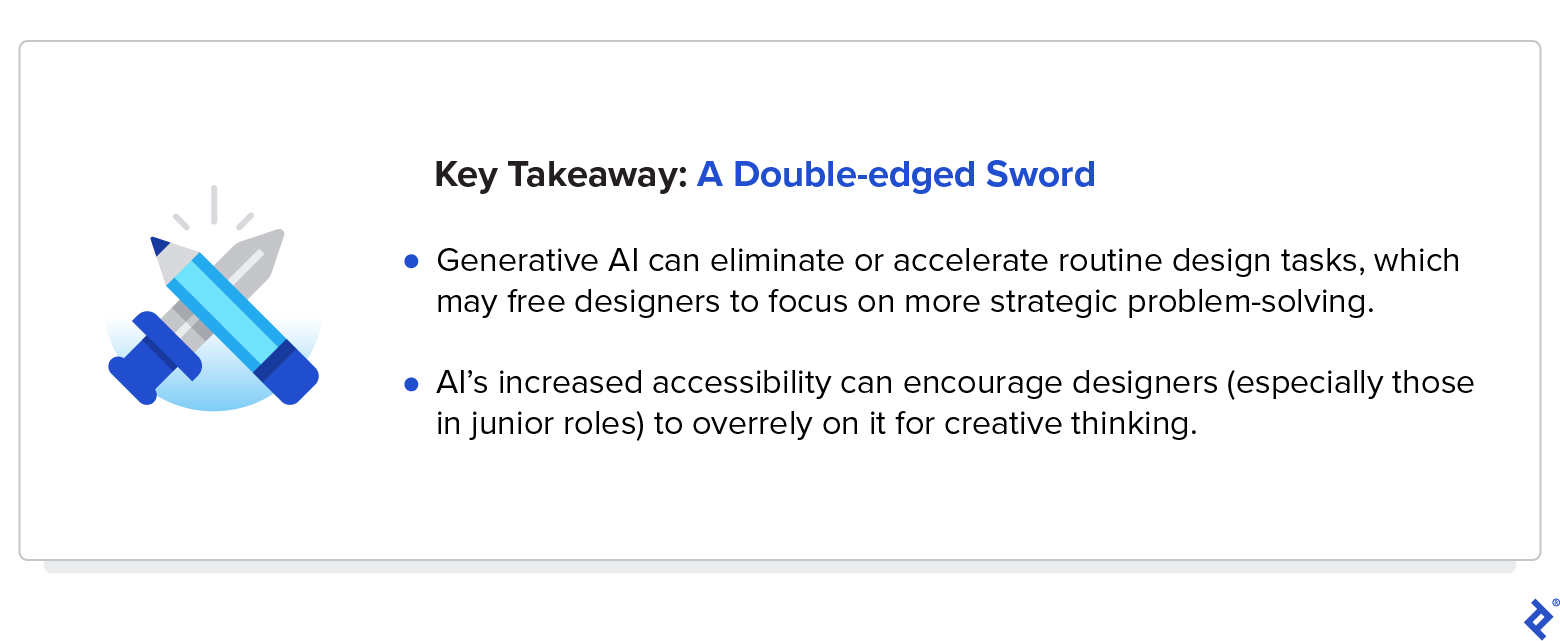
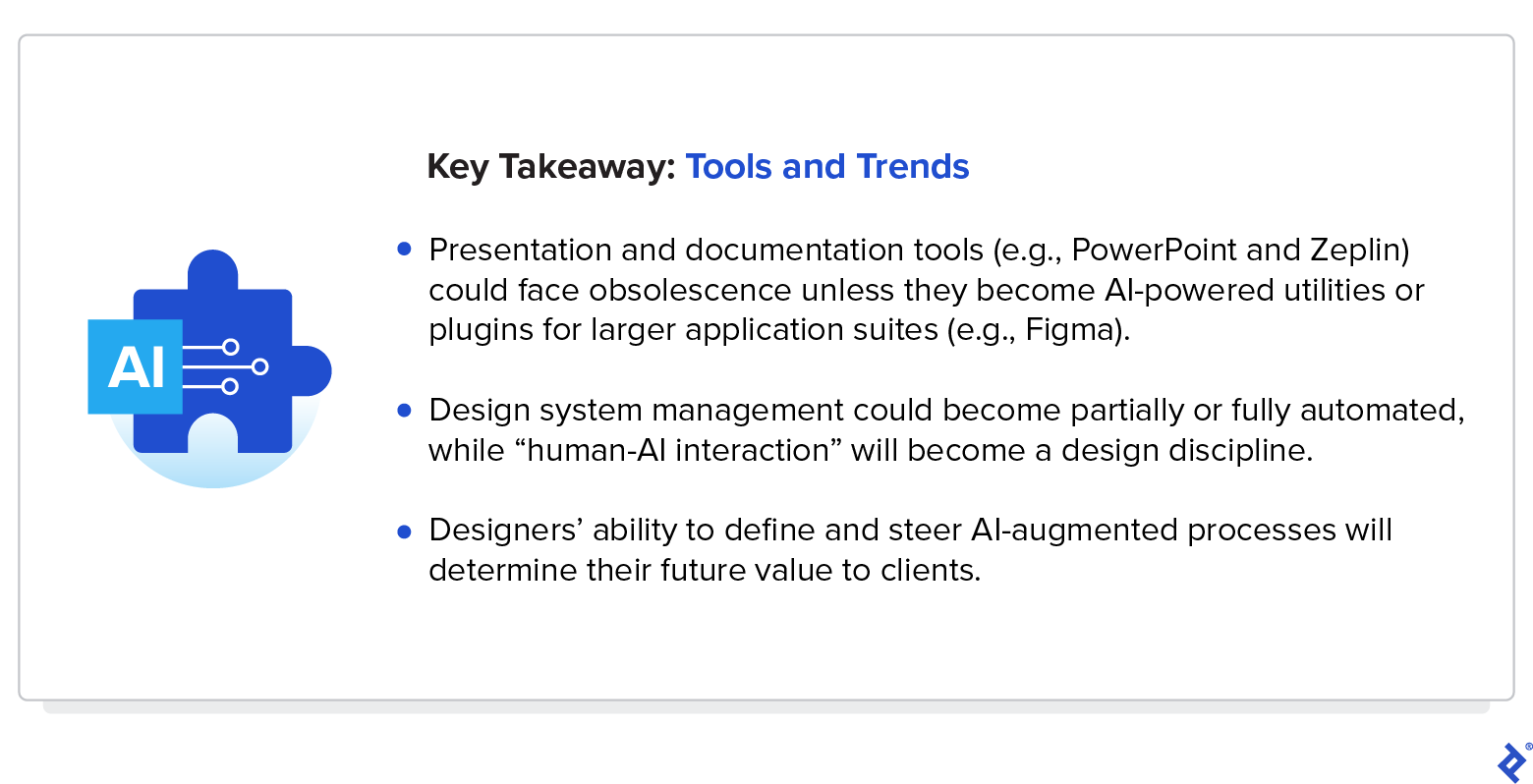
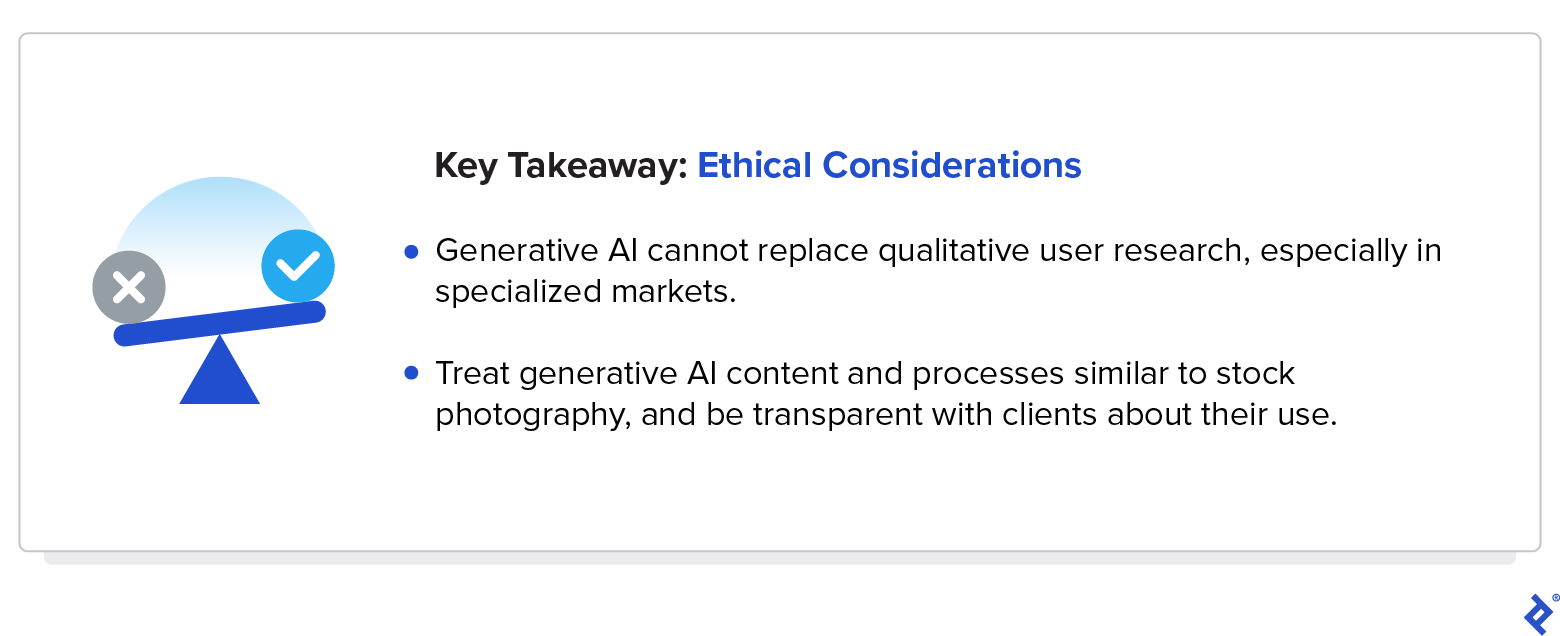





1 Comments
propusk_MKAD_rwet
October 17, 2024
Как получить пропуск на МКАД для грузовика: простая пошаговая инструкция
сделать пропуск на мкад http://propuskamos1.ru/ .